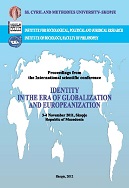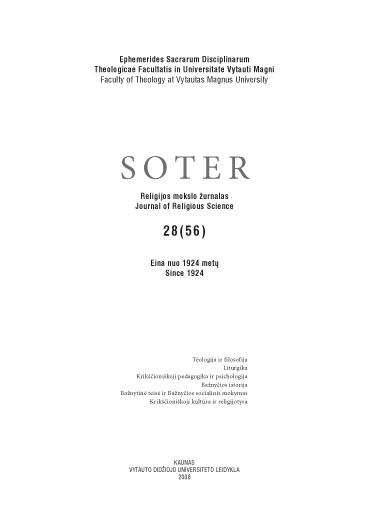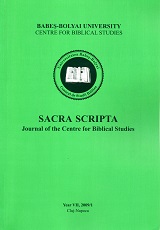Descoperiri Cernavodă III în situl de la Măgura Buduiasca (judeţul Teleorman)
This article presents a lot of ceramic materials belonging to the Cernavodă III Culture which is a transition period from Eneolithic to the Bronze Age. The materials were found during the excavations of the Măgura ‘Buduiasca’ site in the 2003 campaign. These researches were made by the project team of Southern Romania Archaeological Project (SRAP) which aimed at studying the Neo-Eneolithic settlements from the southwest of Wallachia. The materials consist of pottery fragments and four spindle whorls found in Complex no. 11 of the sounding 10. This complex consisted in an agglomeration of pottery and even features of a fireplace. Cernavoda III culture was documented in southwest of Wallachia through former researches from Dobroteşti and Drăgăneşti Olt. In the last years, Cernavodă III materials were discovered in another three points. One of these is more problematic because it is possible that the materials belong to the Cernavodă I culture. The pottery fragments of the Complex 11 were fired in reduction conditions. Their composition has sand, calcium carbonate and crushed pottery. Their fabric can be intermediate fine, coarse and with shells in composition. The predominant colours are brown, gray or black with different shades, differing mostly on the outside and the inside. As a surface treatment after moulding, it can observe that the preferences were awarded to the types of fabric. There are many fragments of pots very well polished. The fragments with shells in the paste are present in small numbers as well as those decorated with string. It can be identified several types of forms: conical bowl, semi globular pots, cups with handle raised, conical vessels of different sizes, biconical vessels with horizontal cylindrical handles on the maximum diameter, even globular vases with cylindrical handles placed under the rim. The materials found in the site of the Măgura ‘Buduiasca’, though small in number, succeed to shade the quality and diversity characteristics of human evolution during the transition from the Eneolithic to the Bronze Age in the Teleorman valley
More...


